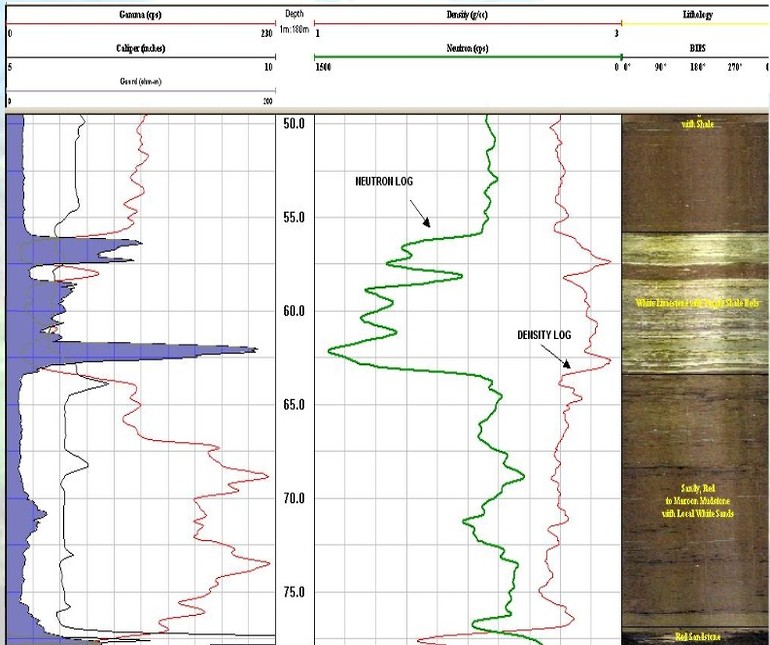QL40-NEU
from Mt Sopris
The QL40-NEU Neutron Probe is a versatile geophysical tool commonly employed in hydrogeological, petrophysical, environmental, and certain geotechnical applications. Its advanced design and functionality allow users to gather valuable in situ data for porosity analysis, aquifer quality assessment, and the detection of gas zones or gas-liquid contacts when paired with complementary borehole logs.
Key Features and Functionality:
- Neutron Source and Detection:
- Utilizes an Am241Be neutron source to produce a thermal neutron flux.
- The high-energy neutrons emitted by the source pass through the formation, and the resulting thermal neutron flux is detected by a He-3 thermal neutron detector.
Hydrogen Ion Sensitivity:
- The energy detected is directly proportional to the hydrogen ion concentration in the lithostratigraphy.
- This provides an accurate measurement of water-filled porosity in saturated conditions and moisture content in unsaturated zones.
Precision Measurements:
- The high sensitivity of the He-3 detector ensures precise readings, even with a relatively small 1-curie source strength, making it suitable for various borehole environments.

The QL40-NEU Neutron Probe provides users with real-time quantitative porosity measurements in wet, dry, and muddy conditions, enhancing imaging resolution to reveal thin lithological beds. Its advanced design enables precise and reliable data collection in diverse borehole environments, making it an indispensable tool for geophysical investigations.
Operating Conditions
W - Water √
M - Mud √
D- Dry √
S - Steel √
P - PVC Borehole √
UC- Uncased √
*Centralization is not required
Product Dimensions
| Physical | Dimensions (L x W x H) | Weight |
|---|---|---|
| QL40-NEU (instrument only) | 134 cm x 4 cm x | 5.5 kg |
Technical Specifications
| Maximum Operating Pressure: | 200 (bar) ; 2900 (PSI) |
|---|---|
| Maximum Operating Temperature (°C): | 70 °C |
| Detector: | He³ |
| Source: | AM241Be ( Americium - Beryllium) 1-3 Curie strength |
| Source - Detector Spacing: | 35 cm |
| Measurements: | Neutron Porosity (cps) |
Shipping
| Contents | Dimensions (L x W x H) | Weight |
|---|---|---|
|
Case 1
QL40-NEU Probe |
134 cm x 4 cm x | 5.5 kg |
Data Sheet
- QL40-NEU Datasheet (PDF)

